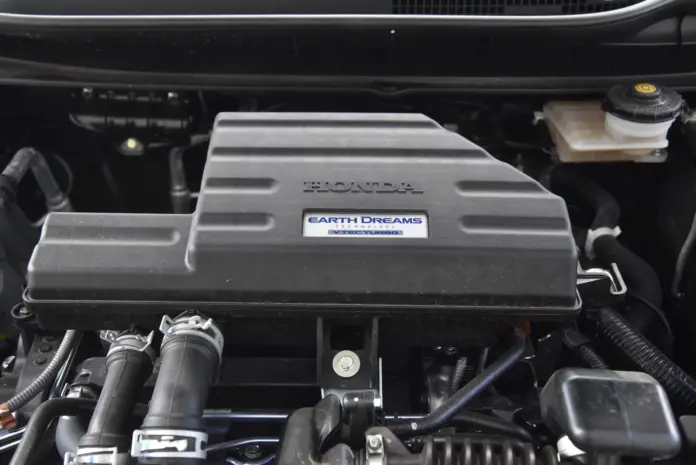Honda took up the subject of downsizing very late. However, the patience of customers was rewarded by the 1.5 Turbo engine. What are the opinions about it and what problems should be expected?
Honda engineers have mastered the art of creating naturally aspirated petrol engines to perfection. Without resorting to turbo, they were able to obtain over 100 HP per litre of capacity, and all this while maintaining high operating culture and exemplary engine durability. However, nothing lasts forever. In some markets, including the Chinese market, which is important for the brand, large capacities meant higher taxes. One of the tax thresholds is a capacity of 1.5 l, so it was probably important when developing the assumptions for the new engine. In turn, the introduction of turbo solved Honda’s problem with naturally aspirated petrol engines in the form of limited flexibility. The 1.5 Turbo engine was the answer to market needs, successfully replacing 1.8, 2.0 or 2.4 engines. Smaller capacity also made it easier to meet carbon dioxide emission thresholds.
1.5 VTEC Turbo Engine – Technical Data
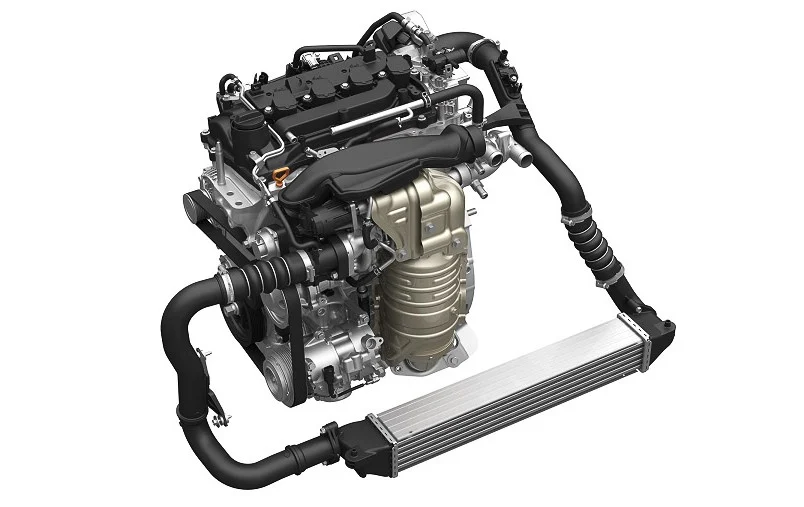
The 1.5 Turbo engine, debuting on the global market in 2015, and in Europe two years later with the 10th generation Civic, belongs to the L engine family (codenamed L15B). Honda has been developing them since 2001, and over the years has used them in popular models – including the Jazz and HR-V. The turbocharged 1.5 Turbo unit inherited their capacity, diameter and stroke of the pistons, as well as direct fuel injection. To reduce the risk of knocking, the compression ratio was reduced. The engine is sometimes referred to as the 1.5 VTEC Turbo, but this name accurately reflects the actual state mainly in versions available outside Europe. Versions with VTC (Variable Timing Control) on the intake and exhaust sides were available here – the system changed the valve opening times, but did not interfere with their lift.
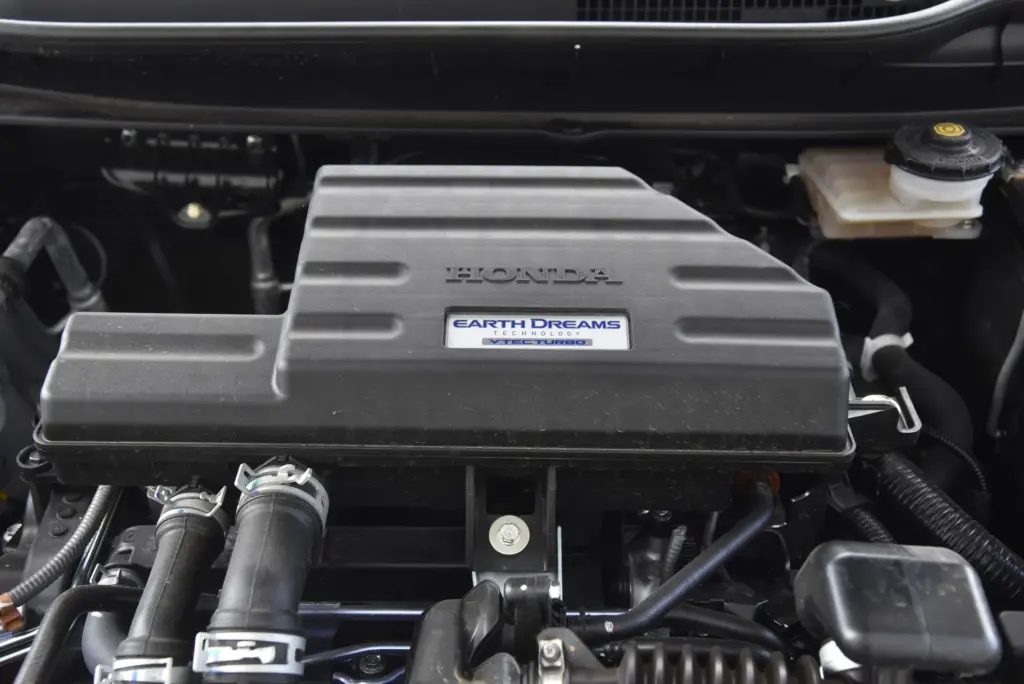
The engine received a package of technologies called Earth Dreams by Honda. It aims to reduce fuel consumption while obtaining the most favorable operating characteristics, which is associated with the optimization of the valve control system, EGR, the angle of injectors in the head, as well as reducing internal engine friction and even its mass in order to accelerate the achievement of operating temperature. The same role is played by the exhaust manifold integrated with the head.
In Europe, the 1.5 VTEC Turbo engine was offered in the years 2017-2022. It has versions developing 173 HP and 220 Nm, 182 HP and 240 Nm and 193 HP and 243 Nm.
1.5 Turbo Engine (Honda) – Occurrence
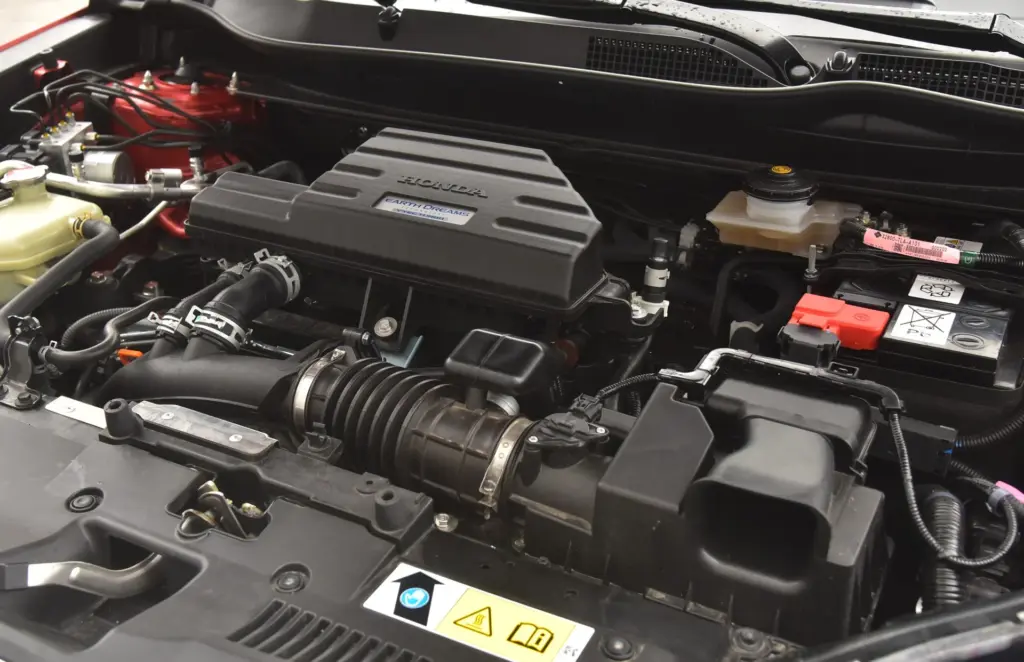
Honda installed the 1.5 Turbo engine in many models around the world. Unfortunately, this does not apply to Europe, where this engine found its way under the hoods of the Civic X, HR-V or CR-V V. The unit was combined with a 6-speed manual gearbox or a continuously variable CVT gearbox, which, thanks to its refinement and the characteristics of the engine itself – delivering high torque at low revs – works well (there is no “howling” at high revs during acceleration, typical of older and weak cars with CVT).
1.5 VTEC Turbo Engine – Performance and Fuel Consumption
The driving experience in Hondas with the 1.5 VTEC Turbo engine is very good. The engine has a high level of work culture, responds spontaneously to gas and, if necessary, revs to over 6,000 rpm, which is no longer a given in modern motoring. In the Civic, the 1.5 Turbo unit provides almost sporty performance, accelerating the car to 100 km/h in just over 8 seconds. All this with average fuel consumption of 7-7.5 l/100 km. SUVs (HR-V and CR-V) need about 1 l/100 km more.
1.5 VTEC Turbo engine – electronic tuning
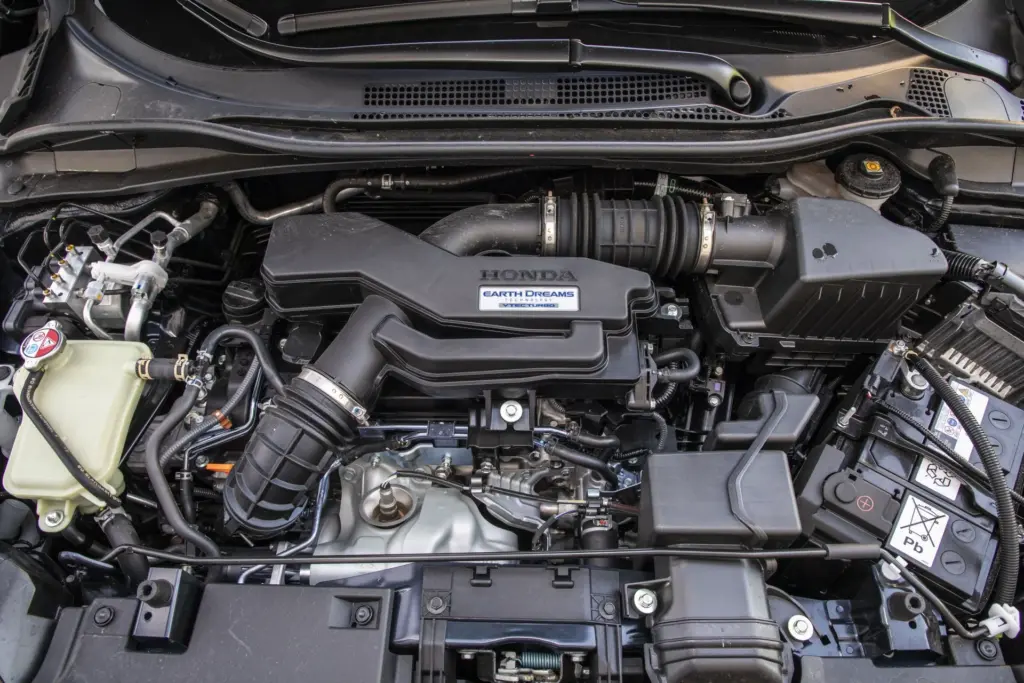
Dynamometer measurements showed that 1.5 VTEC Turbo engines do not always generate the parameters promised by the manufacturer – the good news is that dynamometers often show that the driver receives a “bonus” in the form of a dozen or so horses and Newton meters. Those who feel unsatisfied can go further.
Electronic modifications from the 1.5 VTEC Turbo engine can easily achieve around 220 HP and 300 Nm. Before making any corrections, it is worth reading the opinions of other drivers on such a change, and also familiarizing yourself with the gearbox parameters – in the Civic with CVT, the engine torque was throttled from 240 to 220 Nm, which was probably not without connection with the durability of the gearbox.
1.5 VTEC Turbo engine – timing
The timing chain of the 1.5 VTEC Turbo engine is chain-driven. Honda has opted for a solid chain – the links have four and five longitudinal elements. So far, there have been no reports of problems. The good news is that the chain itself does not cost a fortune – the original can be bought online for PLN 500-600 (there are no substitutes yet, but at such prices of original parts, it is probably not worth bothering with them). Replacement will not cost a fortune either, because the chain was not installed on the clutch side, so the service will have to dismantle some of the equipment instead of removing the entire engine.
1.5 VTEC Turbo Engine – Breakdowns and Faults
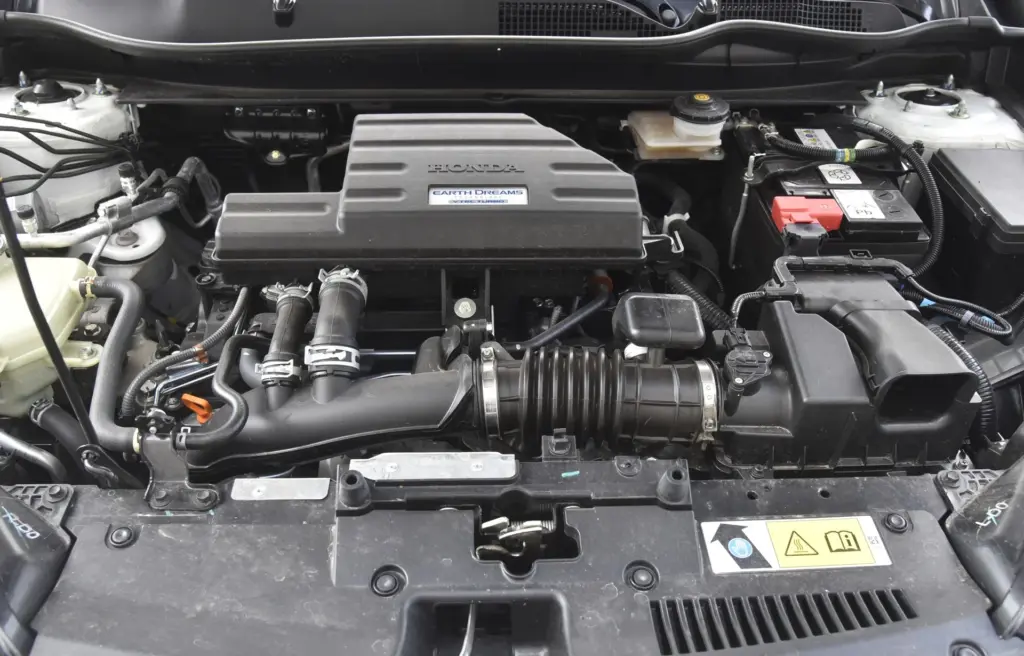
Before the era of downsizing and the emergence of turbocharged engines, Honda engines were considered the best on the market. The 1.5 VTEC Turbo unit did not damage the company’s good name. This engine is also considered to be above average durable. Of course, this does not mean that drivers do not have to deal with any problems.
A typical problem for all engines with direct injection and also reported by owners of Hondas with a 1.5 Turbo engine is a rise in the oil level – it results from the mixing of lubricant with unburned fuel. The problem is more severe if the car is used for short distances – the engine does not have a chance to warm up to operating temperature and evaporate fuel from the oil. Therefore, it is worth changing the oil every 10 thousand km, especially in cases of detecting oil rise. It should be borne in mind, however, that the 1.5 Turbo engine is quite new, and the number of cars with really high mileage is limited. Time will tell whether the engine will match the durability of older Honda engines. In the US, where the engine is much more popular than in Europe, there are reports of head gasket burnouts. There have also been a few reports of oil level sensor failures and lubricant burning.
1.5 VTEC Turbo Engine – What Oil?
Honda recommends using its own Honda 2.0 oil with a viscosity of 0W-20 for the 1.5 VTEC Turbo engine. An alternative is lubricants that meet the A5/B5 standard. Depending on the vehicle’s operating temperature range, the owner’s manual mentions viscosities of 0W-20, 0W-30, 5W-30 and 10W-30. Is it worth replacing the factory-filled 0W-20 oil with another? Opinions are divided here and discussions with various arguments have been going on on internet forums for years. Less than four liters are needed for replacement.

